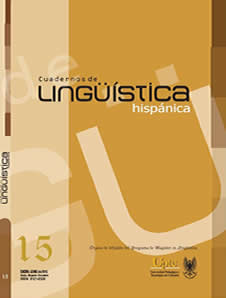TPR-Storytelling. A key to speak fluently in English

Resumo
The purpose of this article is to share a general idea of the Total Physical Response-Storytelling method, the principles upon which it arises, and how it works in an EFL classroom. We offer, on the one hand, a historical background review of the TPR-Storytelling method, this helps to contextualize it and understand its focus as well as its influence on children or adult learners' oral production and fluency development. On the other hand, we show a contrast in the methodological development of this method, highlighting some partial findings achieved in this on-going research project, based particularly on the steps followed within the American and Colombian didactic foreign language learning contexts. This article is based on a research study developed by the authors of this article, carried out with children as well as with adults, including university students majoring in English in a Language Licensure Program, and particularly with primary school teachers bound to teach English to children, despite the fact that they are not formally qualified to do so. The theoretical review of this project includes the consideration of both cognitive and affective factors in human learning.
Palavras-chave
Oral fluency, storytelling, learning, personality factors, cognitive and affective factors